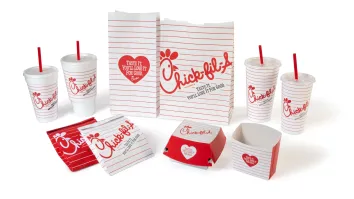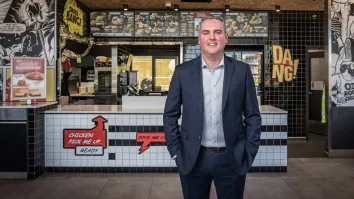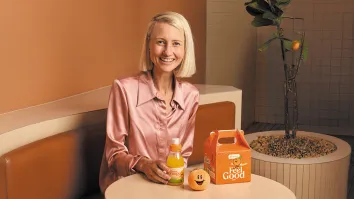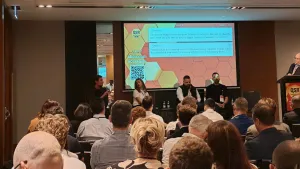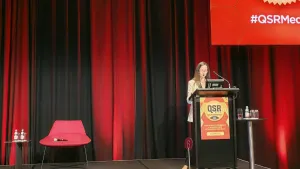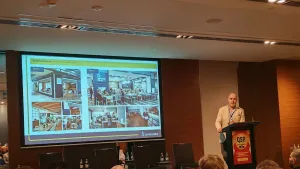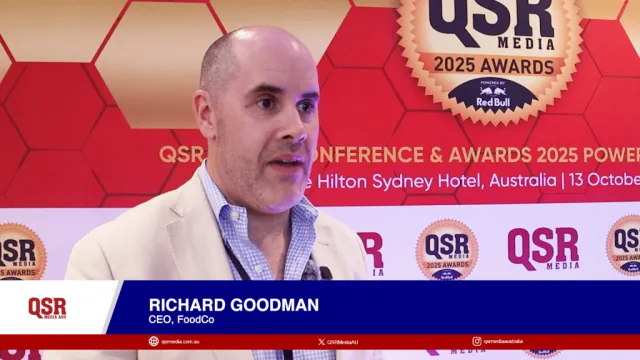
Crust and Campbell Arnott's discuss technology’s role in menu development
Without a doubt technology has affected how business is done; find out how it’s changing how menus are formed in QSRs.
The answer is two-fold. Technology, according to The Coffee Club Executive Chef Dan Forrest, is changing not only how they develop menus and recipes, but also how they communicate to their guests. “With social media sites like Facebook and twitter, you can receive and action feedback for your guests almost instantaneously. This information is invaluable to menu development and guides menu development and recipe development to cater directly for our guest,” Forrest tells QSR Media.
Carole Holroyd, National Product Development Manager at Wendys, explains, “The internet and mobile technology is really helping to drive transparency when it comes to product nutrition information. This, in addition to food labelling and nutritional legislation, has an important flow-on effect when it comes to developing menus – both in terms of individual products and the menu as a whole.”
The development of social media and smartphones, says Crust Head Chef Peter Augoustis, has given them the forum to identify what their customers think. More significantly, technology is helping Crust in terms of consistency in their menu offerings. “Technology can be important to maintaining better consistency especially with equipment, particularly when you are needing to roll out a menu item nationally,” points out Augoustis.
From a supplier point of view, technology plays an important role in the success of a product. Adam Moore, Corporate Executive Chef for Campbell Arnott's Asia Pacific, comments, “Packaging and Technology is ever evolving for QSR chains; as a supplier, the knowledge of these technologies has to be the most current because it can help a product become successful or destroy the quality of a product if not used correctly.”
Walking QSR Media through the process, Unilever Food Solutions Executive Chef Mark Baylis, says, “QSRs will generally provide guidelines and brief suppliers, outlining their operational capabilities and technology. As a supplier, we need to adhere to that brief to create the right products that deliver their needs and works with the technology that they use.”
Holroyd of Wendys further shares, “Digital technology is providing opportunities to leverage different trading day-parts through initiatives such as rotating screens. This has provided QSRs at a store level with the flexibility to promote more than just a limited or specific range and provides potential for product expansion.”
Indeed, more and more will be introduced by QSRs as they continue to develop their menus, and technology as it evolves will surely be part of the process.


